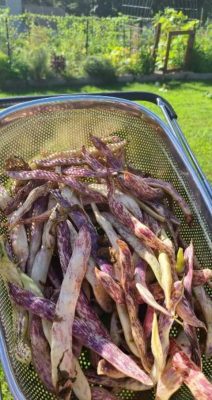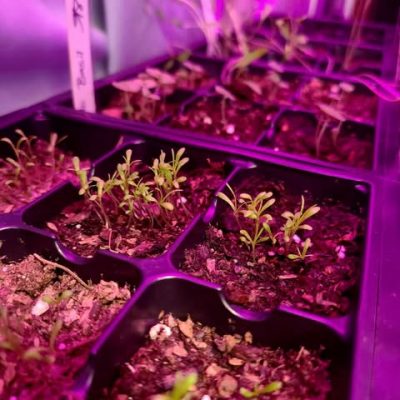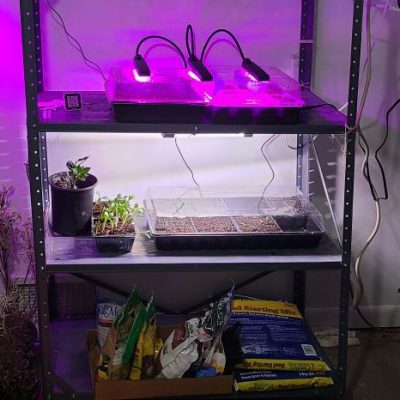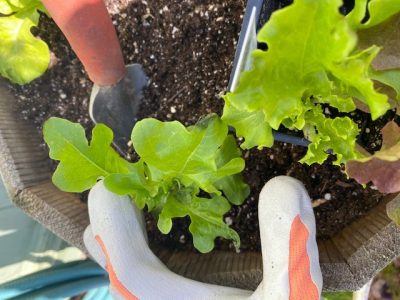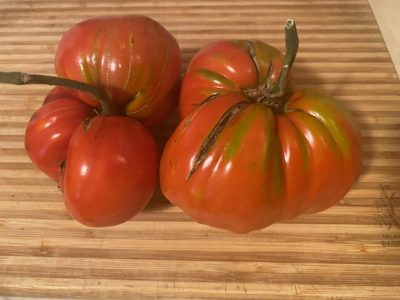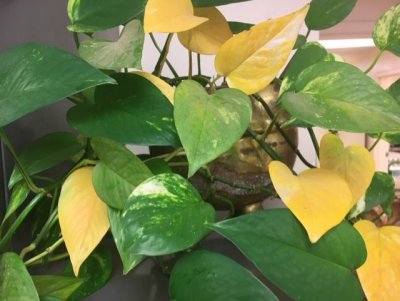By Heather Zidack, UConn Home & Garden Education Center

Gardeners have had a broad range of experiences with their vegetable gardens this season. Some planted early in May with the warm weather, which was followed by a cold front that meant covering plants, or keeping them in pots longer than you had planned. For others, a pattern of cool, rainy spring weekends delayed planting! Cornell even sent out a reminder to residents to watch for tractors on the roads a little later this season as farmers, too, were scrambling to adjust in upstate New York. Thankfully, there is still plenty of growing season left for us to shift our practices and still have a bountiful harvest from our home gardens.
There are roughly 100 days left of the growing season until the first predicted frost date, according to the farmers’ almanac. That means you have an opportunity to still plant your dream vegetable garden! Look at the “days to maturity” to determine if planting now makes sense. Many summer crops, like zucchini, cucumbers, and even some types of winter squash have much shorter days to maturity and can be started from seed right in the warm, summer soil.
Have a type of bean, radish or leafy green you love, but can’t process bushels at a time? Plant every couple of weeks this month for a staggered harvest to enjoy your favorites for an even longer period at a more manageable volume!
Do you plan to harvest garlic this month? Be ready to follow up with a short-term crop like leafy greens, beets, carrots, or even some types of corn!
The practice of succession planting gives gardeners a chance to extend the garden season and promotes soil health by keeping your garden beds active. Rotating crops in this fashion reduces the risks of soil erosion, weed overgrowth, and nutrient depletion, when done correctly.
When setting up a succession or rotation schedule, consider what has been in the bed previously and how those plantings might interact. Determine the nutrient needs of the plants you are considering. You want to be sure you are not planting one heavy feeder right after another as this may mean you need to provide more nutritional support than you planned for. Instead, opt for plants that feed on different nutrients, or better still, plants that help to reintroduce nutrients into the soil.
Succession planting and crop rotation not only benefit the garden beds that have been put on the back burner as we’ve tried to find time between the rain and temperature swings, but it may also benefit those who have a history of battling with garden pests. Planting later in the season may help prevent or minimize damage from many single generation pests, like the Squash Vine Borer or the Four-Lined Plant Bug.
Many Cole crops (those in the brassica family) and cool season crops can be started from seed now in preparation for fall planting. However, it may be best to start these indoors instead of directly sowing in the ground. Temperatures over 85 may cause delayed germination or bolting too early once those plants pop out of the soil. Starting them indoors gives you a little more control over the temperature. Otherwise, search for heat tolerant varieties for better results.
If you want a rest from the care of vegetable gardening and harvesting, consider planting annuals. There are many varieties of marigold, cosmos, zinnia, and some other beautiful cut flower varieties that could happily take up some space and lend their services to some late season table arrangements for you!
There’s a lot to still do if you want a bountiful fall harvest, and there are a lot of considerations to make when planning what to plant next. Do your research with cooperative extension or land-grant university resources for science-backed information to guide you in your next steps. And remember, we’re here at the Home & Garden Education Center to help you make sense of it all!
The UConn Home & Garden Education Center supports UConn Extension’s mission by providing answers you can trust with research-based information and resources. For gardening questions, contact us toll-free at (877) 486-6271, visit our website at homegarden.cahnr.uconn.edu, or reach out to your local UConn Extension center at cahnr.uconn.edu/extension/locations.
This article was published in the Hartford Courant July 12, 2025
